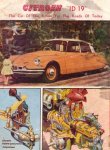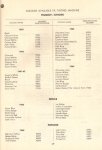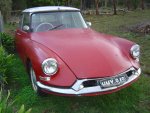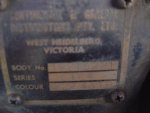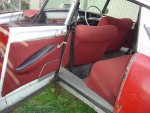http://www.denmarkwa.biz/citroen/ID19/
is the website of the Prince of Denmark, Ross McGuinness aka 'rmac'
I'm glad he took the time out to collate some of the threads about the Parisienne before the great crash and have it on his own Citroëbsite.
is the website of the Prince of Denmark, Ross McGuinness aka 'rmac'
I'm glad he took the time out to collate some of the threads about the Parisienne before the great crash and have it on his own Citroëbsite.

